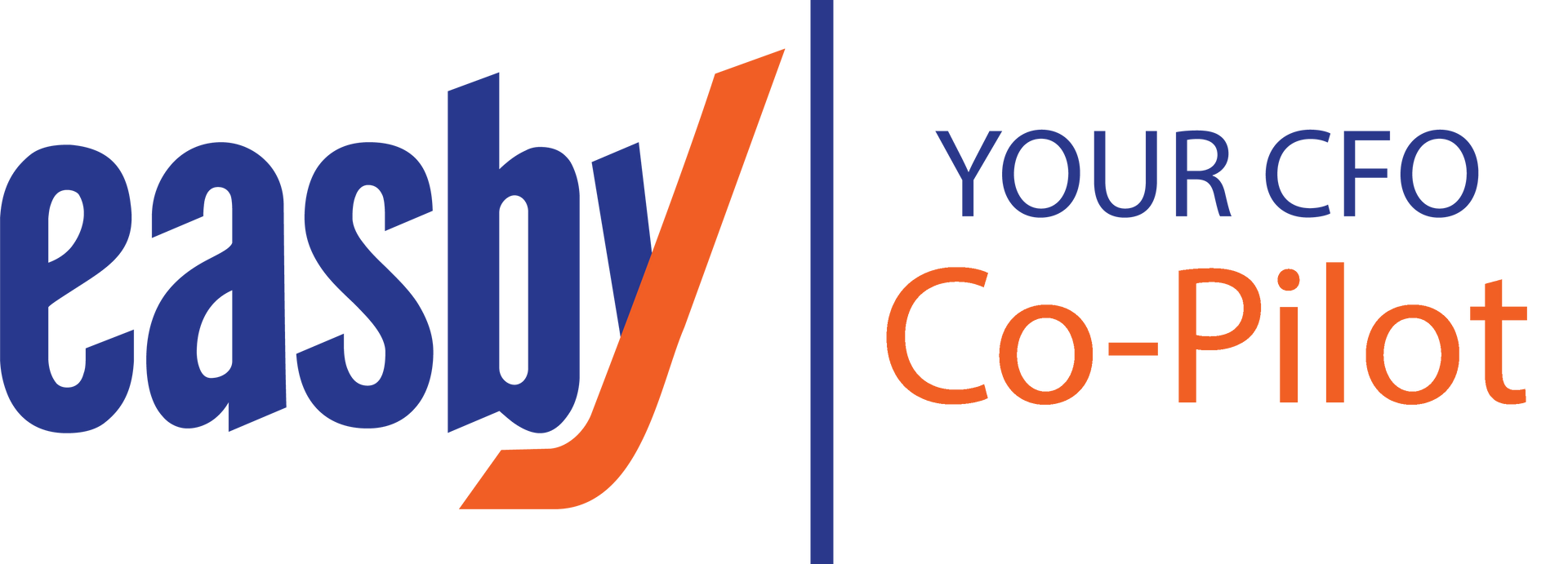By Tim Fargo, COO and CFO, Rose Financial Solutions
Tax planning is often overlooked when small businesses rush to close out year end. However, year-end tax planning gives you the opportunity to take advantage of tax-cutting strategies before December 31 and get a head start on planning for 2023. Here are some year-end actions you can take now that may help you mitigate your 2022 tax bill.
Bonuses not only show employees that they are appreciated, but they also serve as a payroll expense that lowers a company’s taxable income. On a cash basis, bonuses need to be paid by December 31, and on an accrual basis, they need to be accrued and paid within 2.5 months of year-end. Owners can also receive bonuses if the company is an S Corporation or incorporated. The owners will still have the S Corporations pass-thru of the net income (loss).
Another area related to employees is company retirement plans, including 401ks. As you close the books for the year, you can identify the funding and determine the taxable income based on your funding plans. On a cash basis, the retirement plan funding needs to be identified and paid before filing the tax returns, and on an accrual basis, it needs to be accrued by the time you file your tax return.
A prepaid expense is an expense that has been paid in advance but has yet to be incurred. If you’re on a cash basis and have vendor, insurance, or accounts payable invoices, you can make prepayments for up to 12 months at the end of the year and have them recorded as a tax deduction in the current year.
Fixed asset bonus depreciation, a tax benefit that will phase down at the end of this year, enables firms to instantly write off a sizable portion of the cost of qualified assets instead of doing so throughout their “useful lives.” Items may include computers, servers, furniture, fixtures, and even specific kinds of cars. To qualify for this tax deduction, assets must be purchased and placed into service before January 1, 2023.
At this time of the year, companies often make charitable contributions. Sole proprietorship, partnership, or S corporation owners can make charitable contributions through the business and have the donations flow back to their personal tax return. However, if your company is incorporated, those contributions flow to your business. To take advantage of charitable contribution tax deductions, make sure payments are made and recorded before year-end.
Finally, some states allow tax prepayments to be deductible. If your pass-thru business is located in a state that enables owners to make tax payments through the company, taxes can flow through to the owner. The company gets the business deduction for their state taxes, and the owner gets credit for those taxes. Please get in touch with your CPA to discuss if this deduction applies in your state and whether it benefits you or your business.
The end of the year is rapidly approaching. Make sure to contact your tax accountant about these deductions as soon as possible. The content in this article is for information purposes only. It should not be considered legal, accounting, or tax advice or a substitute for obtaining such advice specific to your business.
For 25+ years, RFS has been delivering proactive tax solutions that manage risk and maintain compliance. Our team is comprised of experienced certified public accountants and tax professionals that stay up to date on current and future tax regulations and tax strategies at the state and local levels. Please schedule an introductory call to learn more about our proactive tax services.






